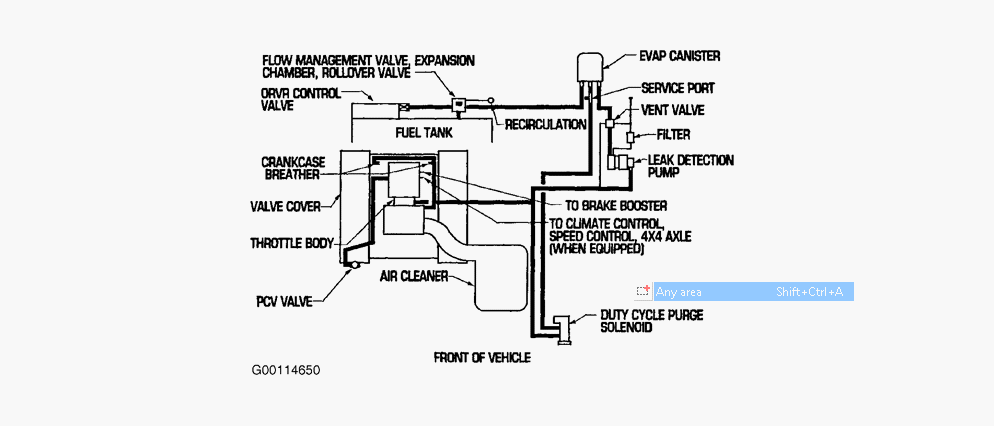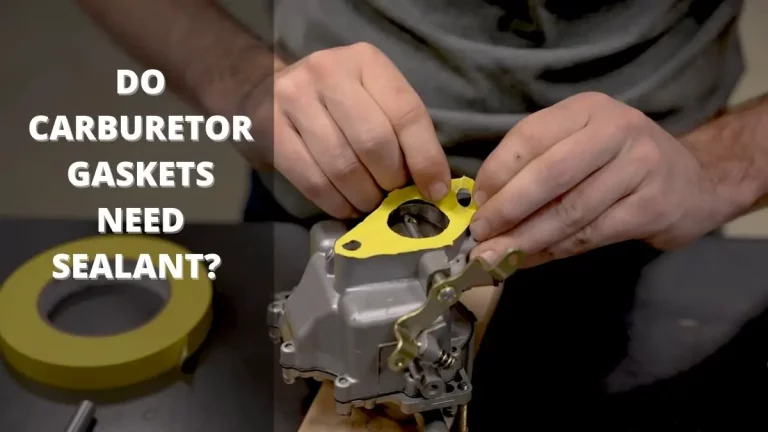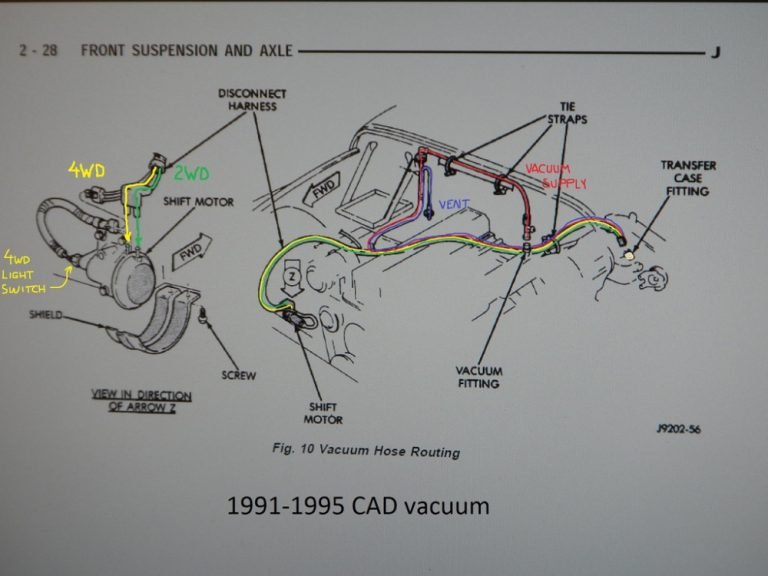2004 Jeep Grand Cherokee Evap System Diagram
The evaporation system, also known as the EVAP system, is an essential part of your 2004 Jeep Grand Cherokee. It is designed to prevent the release of gasoline vapors into the atmosphere. While this system may not have a major effect on your car’s overall performance, it plays a significant role in reducing vehicle emissions. The diagram of this system is relatively straightforward containing key components like the purge valve, vent valve, charcoal canister, and fuel tank, among other parts.
When it comes to understanding and troubleshooting your Jeep Grand Cherokee’s EVAP system, knowledge is power. So, let’s dive deeply into this system, learning its intricacies, common problems and some frequently asked questions at the end.

Understanding the EVAP System
The EVAP system of a 2004 Jeep Grand Cherokee is created to capture and store gasoline vapors emerging from the fuel tank. The primary components include the charcoal canister, purge valve, vent valve, and various hoses and sensors linking these components.
The vent valve and purge valve function to control the flow of vapors into the charcoal canister and from there into the engine—the charcoal in the canister helps absorb and store the vapors until they can be purged.
The purge valve is located near the engine and is usually connected to the intake manifold. The vent valve, on the other hand, is often located on or near the fuel tank. These valves are electronically controlled by the Engine Control Module (ECM) and open and close as needed.
Common Problems with the EVAP System
The EVAP system, though relatively simple, can still encounter various issues. Some of the most common problems include:
–
Leak in the EVAP System:
This is the most common issue. A problematic gas cap, damaged hoses, or a faulty valve could cause this. Symptoms include a noticeable fuel odor and a lit check engine light. To rectify this issue:
– Inspect all the hoses in and around the EVAP system for damage.
– Check the gas cap and ensure it is tightened correctly.
– Consider using a smoke machine to detect any elusive leaks.
–
Faulty Purge Valve:
If the purge valve is unable to open, it leads to the build-up of fuel vapors in the charcoal canister. Symptoms include difficulty in starting the engine and poor engine performance. To troubleshoot this:
– Use a multimeter to check if the purge valve is working.
– Remove and inspect it visually for any signs of damage.
– Replace if necessary.
–
Faulty Vent Valve:
A vent valve that’s stuck open could cause issues like difficulty in filling up the fuel tank and several engine issues. To rectify this, follow the same steps as you would for a faulty purge valve.
Frequently Asked Questions
Q. What is the EVAP system and what does it do?
The EVAP system is a set of components in your vehicle designed to capture and store fuel vapors from the fuel tank before they can be released into the atmosphere. These stored vapors are then sent into the engine to be burned off during regular driving.
Q. How can I tell if my EVAP system has a problem?
If your EVAP system has a problem, you will likely see your check engine light come on. You may also smell a strong odor of gasoline, especially after fueling your vehicle. Difficulty starting the engine or a decrease in fuel efficiency can also indicate a problem with your EVAP system.
Final Thoughts
In conclusion, the EVAP system in your 2004 Jeep Grand Cherokee plays a crucial role in reducing emissions and maintaining fuel efficiency. Understanding the components of this system, how they work, and how to troubleshoot common problems can help you maintain the optimal functioning of your vehicle while minimizing harm to the environment. Remember, your Jeep is a powerful machine, and its longevity is directly tied to how well you understand and take care of it.
By tackling any minor issues that arise with your EVAP system promptly, you can avoid these turning into more significant issues that might require professional attention. So keep this guide handy and drive with the peace of mind that you are taking care of your Jeep to the best of your abilities.






